- a flamboyant wild mallard, developed from the farmyards of northern France. Chris Ashton

All of our domesticated ducks (bar the Muscovy) are derived from the mallard – so it makes sense that the earliest European breeds looked rather like the wild duck. In the first Standards book of 1865, produced in the UK, ducks were only described in this natural wild-colour plus the simple mutations of white and black. These Standard descriptions covered the well-known white Aylesbury duck plus the Rouen, Call duck and Black East Indian. Though there is evidence for bibbed, pied and blue colour mutations in the nineteenth century duck population, these had not evolved into standardized colours at this point in time. Contrast this limited list with the chickens in spangles, bars, lacing and pencilling perhaps for many centuries.
A standards book does what its name implies: it sets the accepted description of a breed and colour in domesticated animals (such as horses, dogs and birds). And the Victorians certainly went to town on the Rouen. This breed didn’t stay mallard-sized for long. Although Harrison Weir’s 1853 painting of Rouen ducks (in Wingfield and Johnson) implies that they are about three times larger (6 lbs) than the Indies (2lbs) in the picture, they were soon to grow into the largest domesticated duck at around 12lbs (5.4kg).
Evolution of the breed
Esta historia es de la edición July - August 2017 de Practical Poultry.
Comience su prueba gratuita de Magzter GOLD de 7 días para acceder a miles de historias premium seleccionadas y a más de 9,000 revistas y periódicos.
Ya eres suscriptor ? Conectar
Esta historia es de la edición July - August 2017 de Practical Poultry.
Comience su prueba gratuita de Magzter GOLD de 7 días para acceder a miles de historias premium seleccionadas y a más de 9,000 revistas y periódicos.
Ya eres suscriptor? Conectar
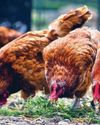
Growing food for Chickens
Mary Larham explores some crops to grow on your holding…
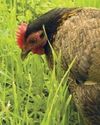
Poultry in the garden – the truth!
Jo-Jane Buxton shares her experiences
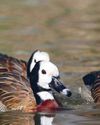
The British Waterfowl Association
Which came first, the goose or the egg?
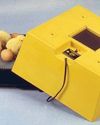
WHY FIT A FAN IN AN INCUBATOR?
Brinsea Products, the Incubation Specialists explain the difference between still air and forced draught
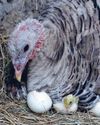
Incubating turkey eggs
Janice Houghton-Wallace looks at broody turkeys and artificial incubation
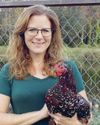
Chicken nesting box herbs
Diana Clauss owns The Blue Feather Farm, in St Cloud, Florida, home to chickens, ducks, goats, and Anatolian Shepherd dogs.
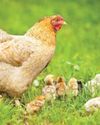
Incubate in January?
Jessica Wombwell says plan the breeding
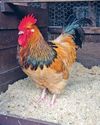
Andy's DIARY
Andy emphases the importance of keeping out damp and wet but allowing ventilation even in cold weather

Feeding for Breeding
It may be winter, but as Joanna Palmer, nutritionist for Smallholder Range explains, now’s the time to get your flock in tiptop shape and plan ahead for a successful breeding season next spring.
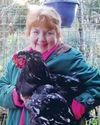
A chick named Cuckoo raised by a duck!
Chris Hammacott and her husband live on a small croft in the Outer Hebrides, they keep a ‘no kill’ flock or rare and rescue sheep which they use to spin and weave rugs. They also share the 8 acres with hens, ducks, cats and 9 rescue pugs.